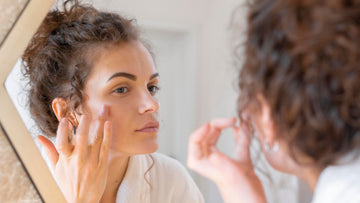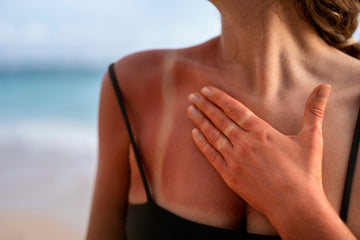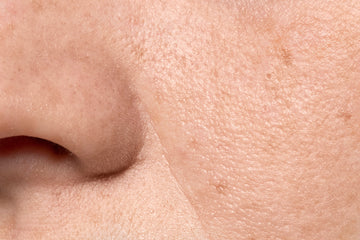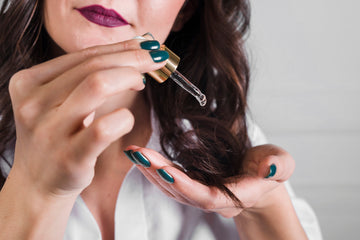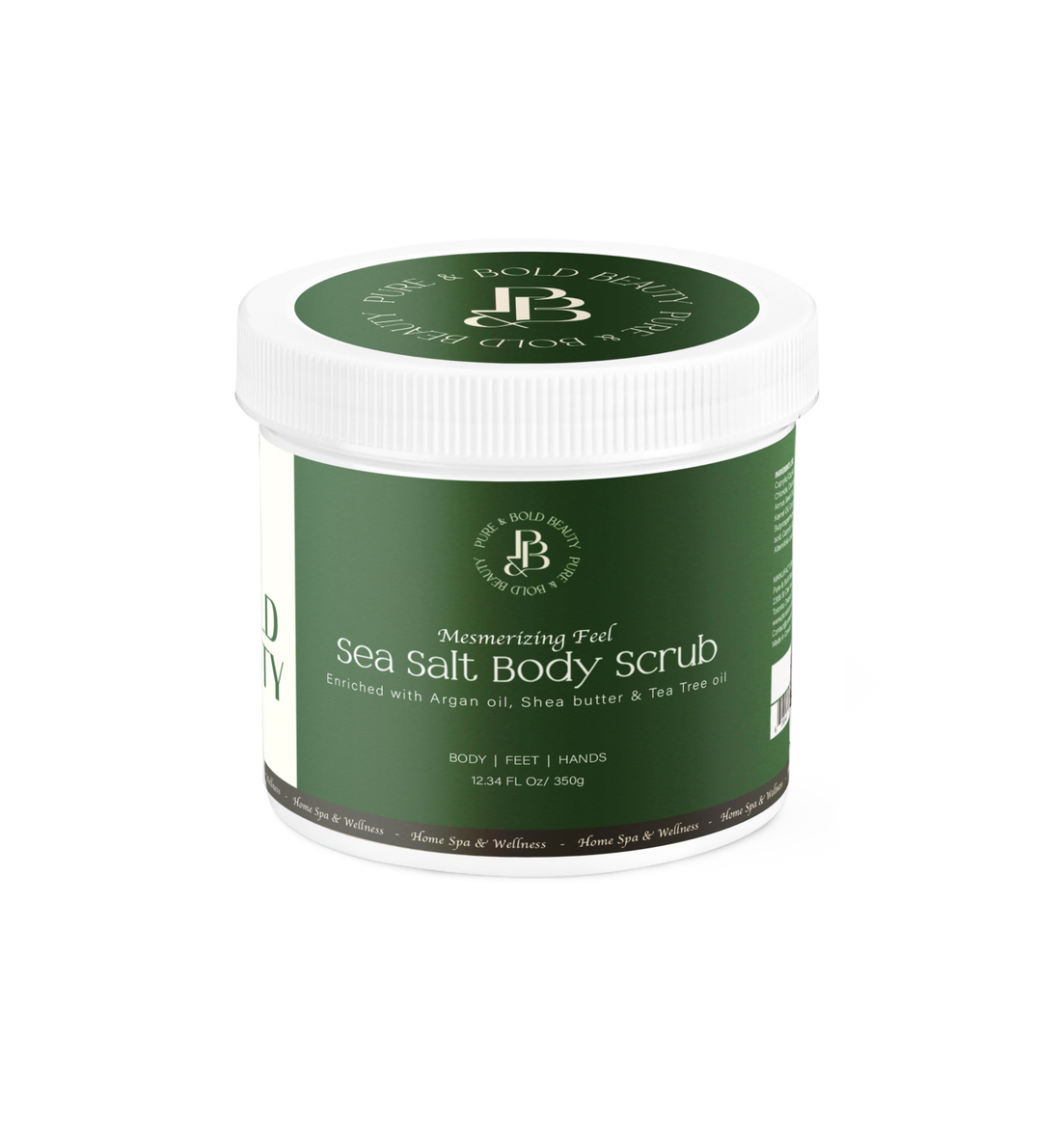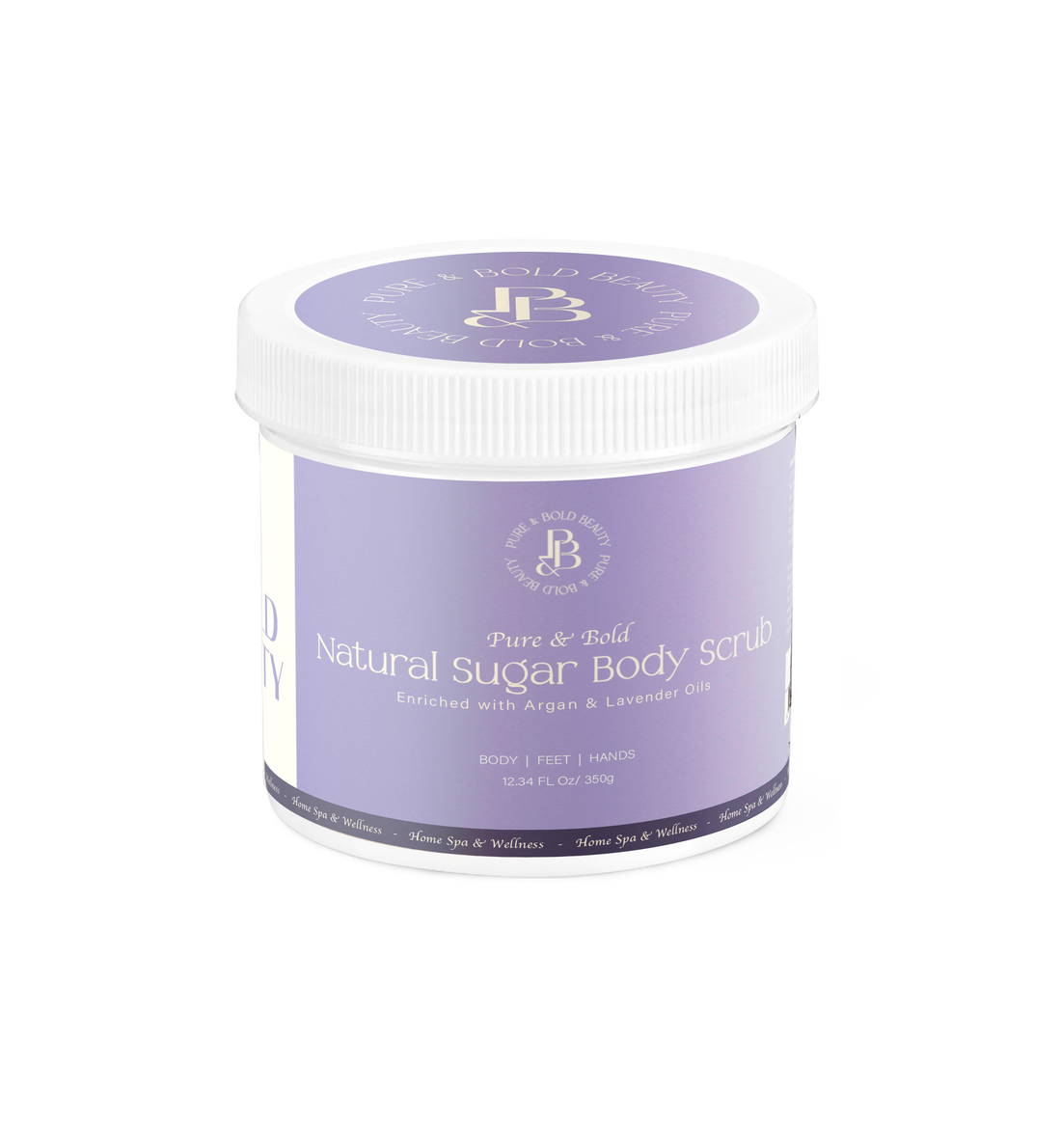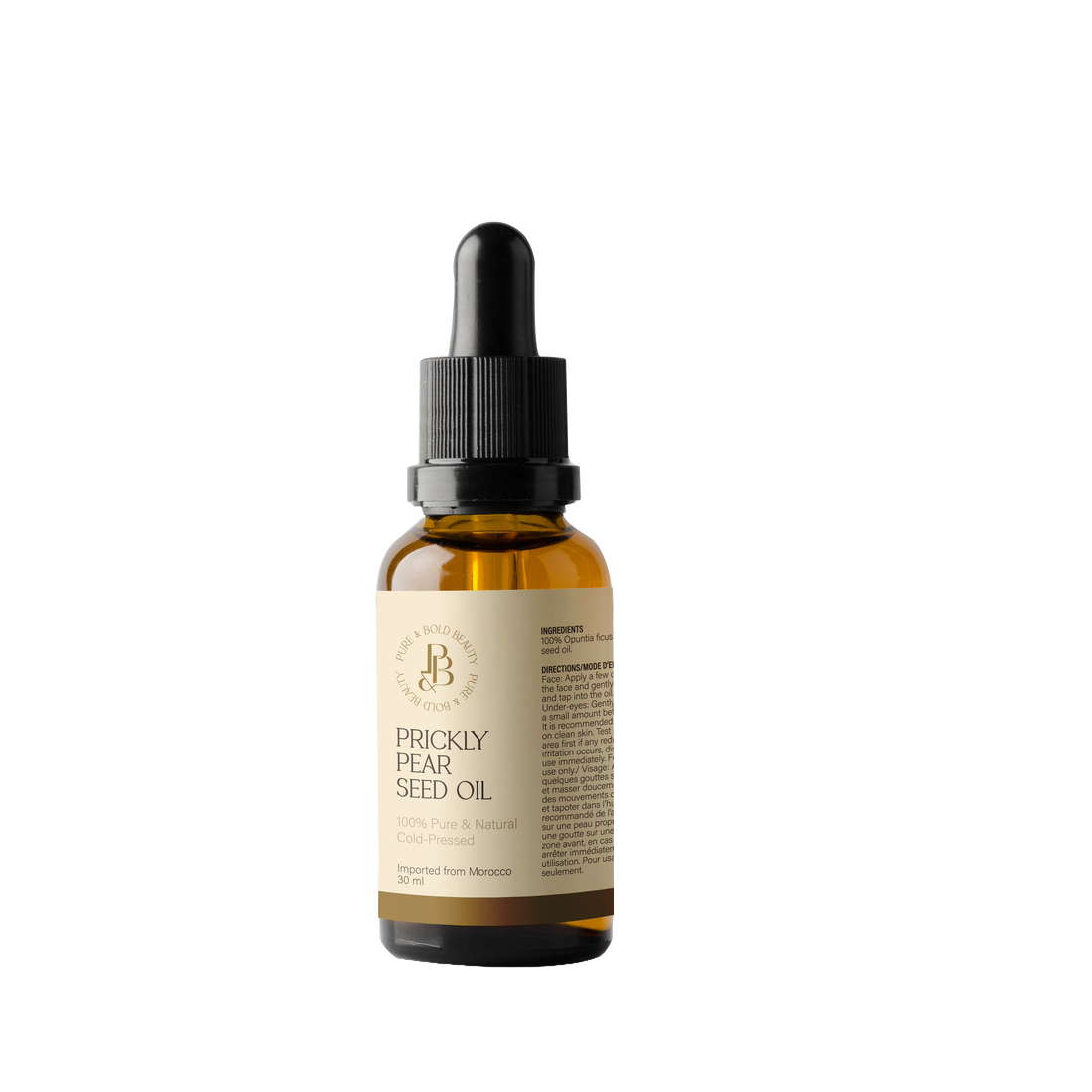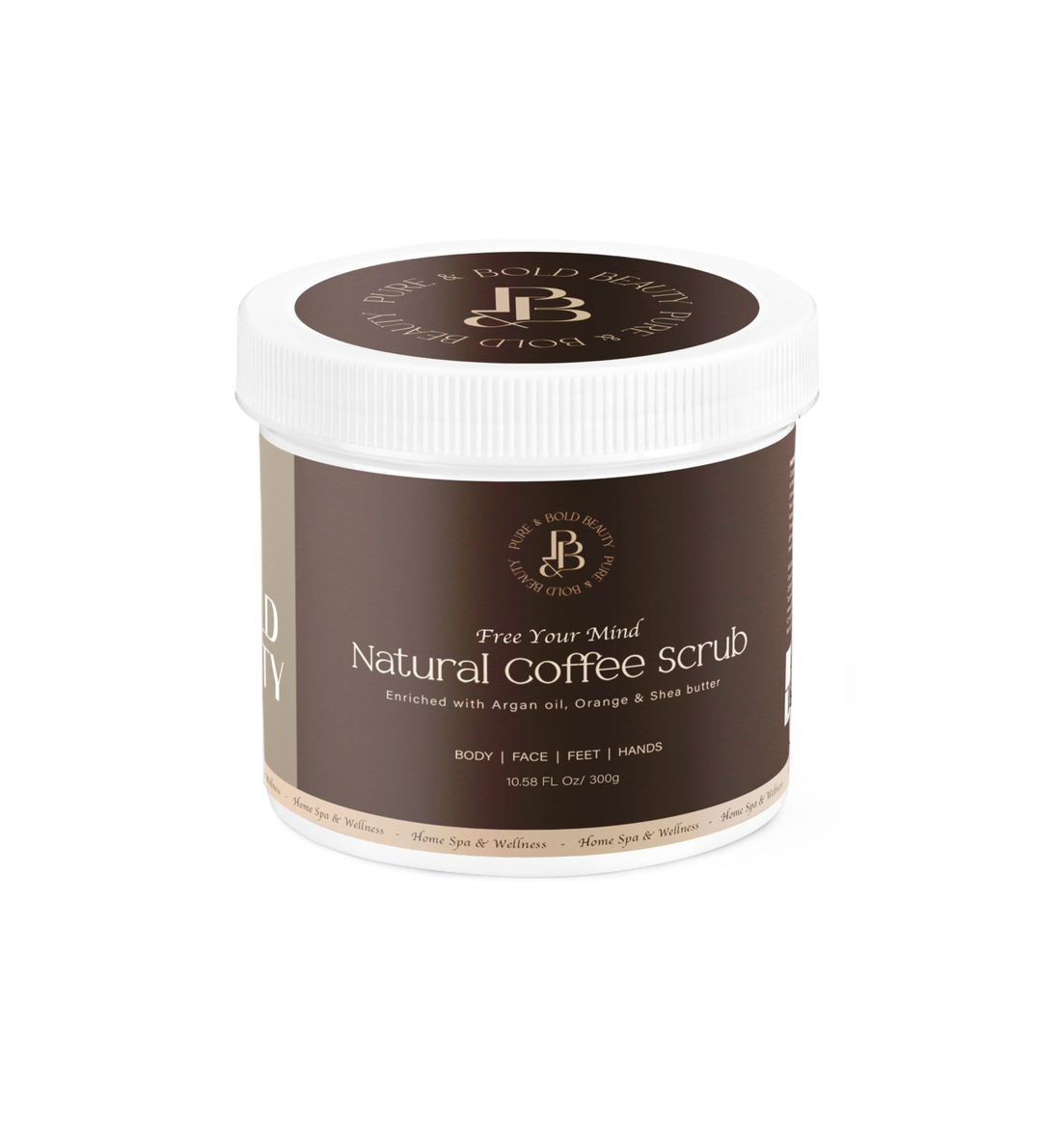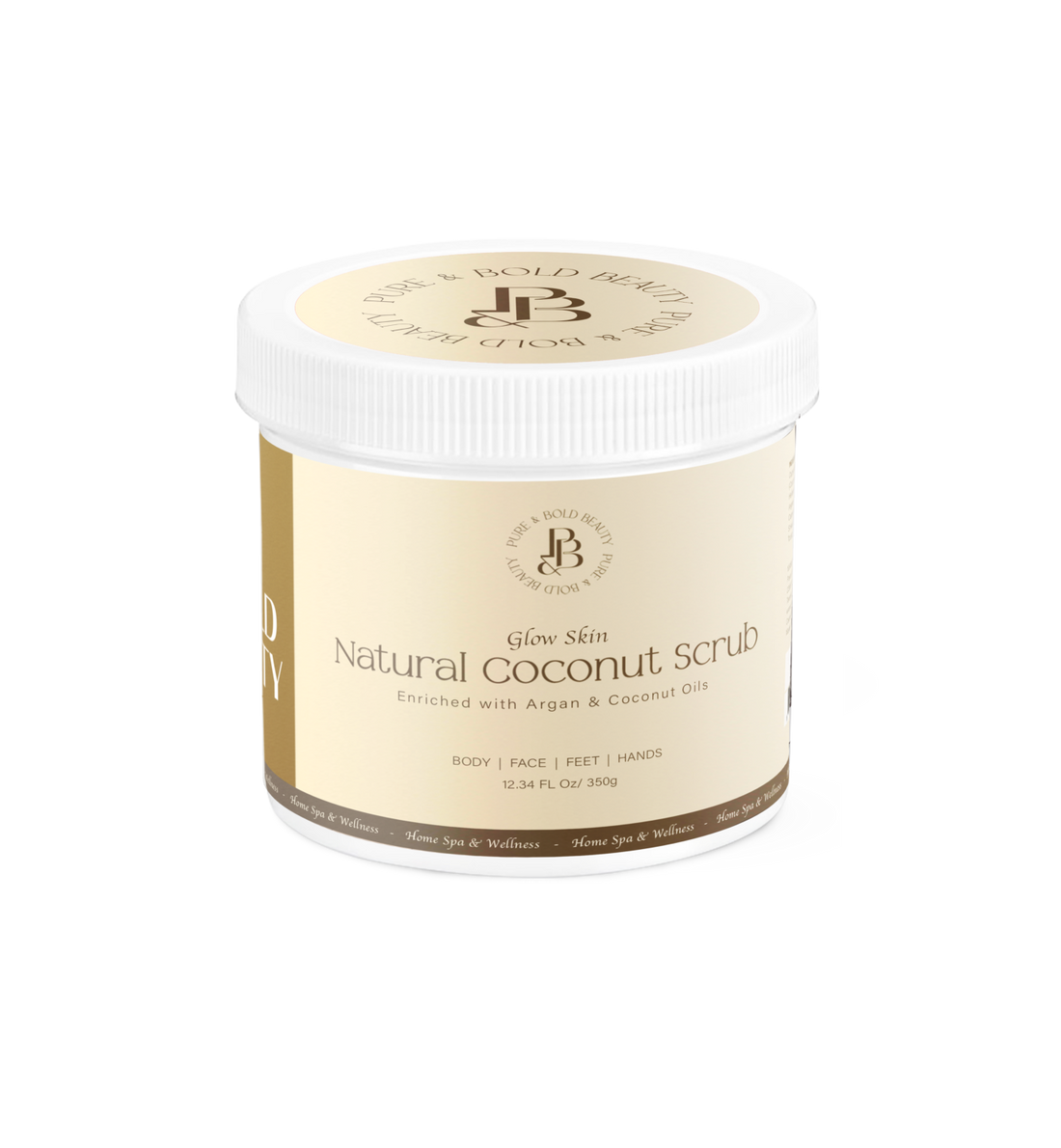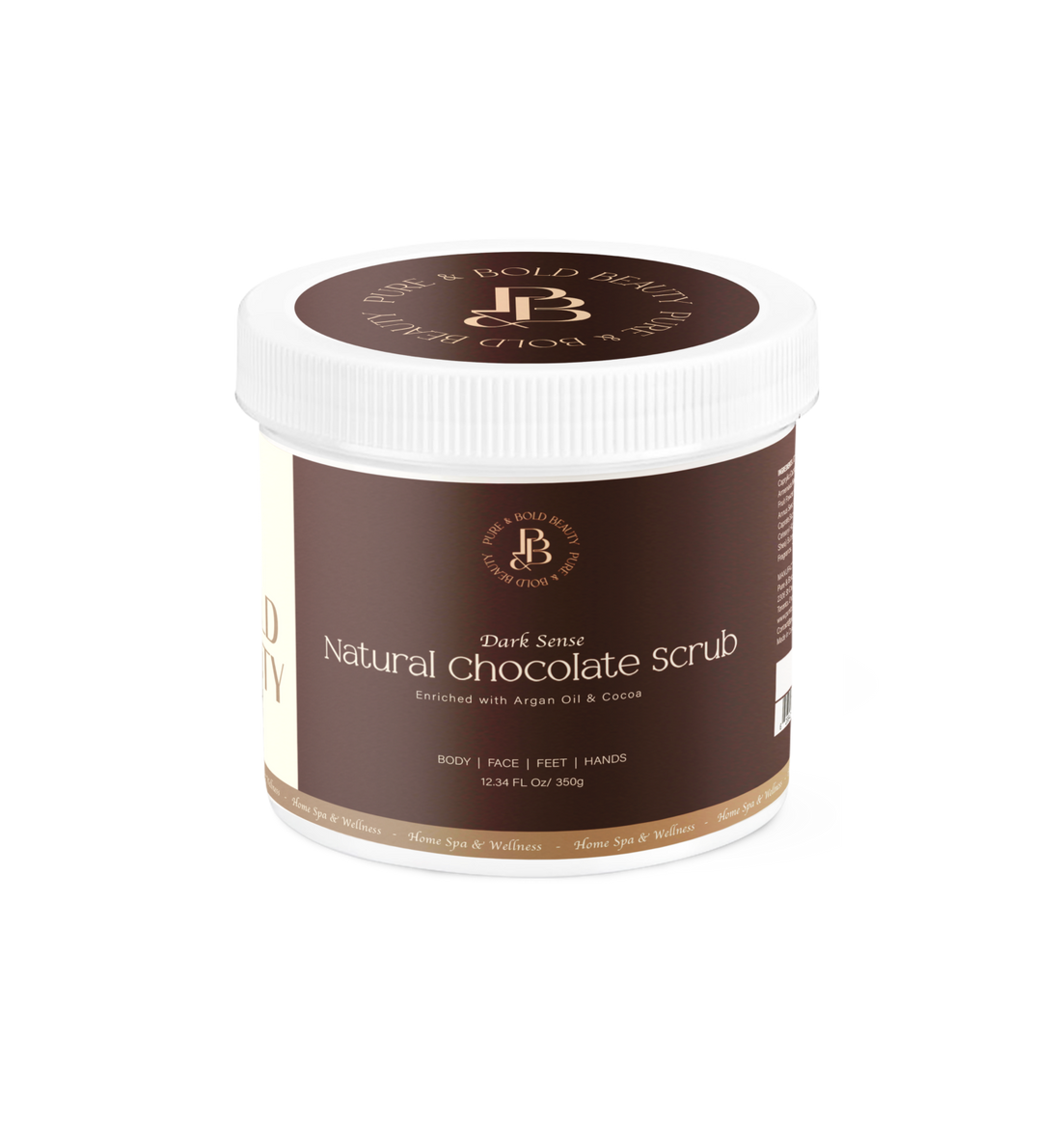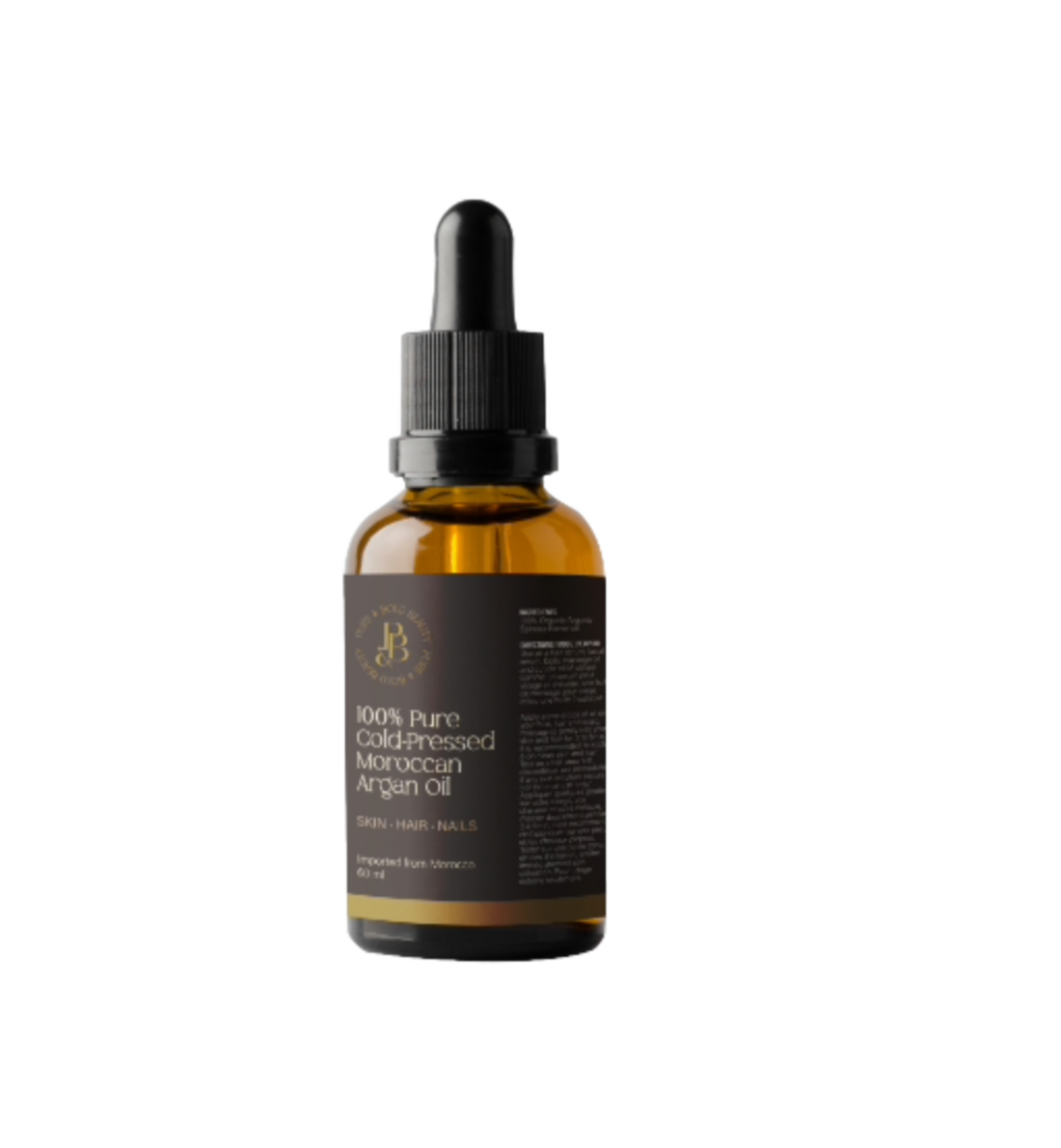The Complete Guide to 100% Cold-Pressed Moroccan Argan Oil: Ancient Beauty Secrets from the Atlas Mountains
Picture this: the early morning sun casting golden light across the rugged Atlas Mountains of Morocco, where ancient argan trees have stood sentinel for centuries. In the shade of these thorny giants, Berber women gather with time-worn tools, continuing a beauty ritual that has been passed down through generations. This is where the story of 100% cold-pressed Moroccan argan oil begins—not in a modern laboratory, but in the weathered hands of women who have perfected the art of liquid gold extraction.
For Canadian skincare enthusiasts seeking authentic, organic beauty solutions, understanding the true origins and benefits of Moroccan argan oil opens a door to centuries-old wisdom that modern science has only recently begun to validate. This precious oil, extracted from the kernels of the argan tree (Argania spinosa), represents more than just another skincare ingredient—it's a testament to sustainable beauty practices and the enduring power of traditional knowledge.

What is 100% Moroccan Argan Oil Good For?
100% cold-pressed Moroccan argan oil is nature's multitasking marvel, offering benefits that span from your scalp to your toenails. Rich in vitamin E, essential fatty acids, and antioxidants, this golden elixir serves as a natural moisturizer, anti-aging treatment, and protective barrier for your skin and hair.
For your face, argan oil penetrates deeply without leaving a greasy residue, making it perfect for all skin types—even those prone to breakouts. Its non-comedogenic properties mean it won't clog pores, while its anti-inflammatory compounds help soothe irritated skin and reduce redness. The high concentration of oleic, linoleic, and palmitic acids work together to restore your skin's natural barrier function, keeping moisture in and environmental damage out.
Your hair receives equal benefits from this precious oil. Regular use can transform dry, brittle strands into lustrous locks by sealing the hair cuticle and providing deep nourishment to the hair shaft. Many Canadian women have discovered that a few drops of pure argan oil can replace multiple hair products, simplifying their beauty routine while delivering superior results.
The oil's versatility extends beyond beauty applications. Berber women have traditionally used argan oil to treat minor cuts, soothe sunburned skin, and even as a dietary supplement (when using culinary-grade oil). Its natural antimicrobial properties make it an excellent choice for maintaining healthy skin and preventing common skin concerns.
Expert Tip: Apply a few drops of Moroccan Argan Oil to damp skin or hair for optimal absorption.
How is Cold-Pressed Argan Oil Made?
The production of authentic 100% cold-pressed Moroccan argan oil is a meticulous process that honors both tradition and modern quality standards. Unlike heat-processed oils that can lose their beneficial compounds, the cold-pressing method preserves the oil's natural potency and nutritional profile.
The journey begins with the harvest of argan fruits, which occurs once yearly between June and September. The oval-shaped fruits, roughly the size of olives, fall naturally from the trees when ripe. Local women collect these fruits by hand, ensuring only the best quality specimens make it to the next stage.
Once collected, the fruits undergo a careful drying process in the Moroccan sun. This natural dehydration concentrates the nutrients within the fruit while making the outer pulp easier to remove. The dried fruits are then cracked open to reveal the incredibly hard nuts inside—each containing one to three precious oil-rich kernels.
Breaking open these nuts requires considerable skill and strength. Using traditional stone tools, workers carefully crack each nut without damaging the delicate kernels inside. This step alone can take hours for just a small quantity of kernels, highlighting why authentic argan oil commands premium prices in the Canadian market.
The extracted kernels are then cold-pressed using mechanical presses that operate at temperatures below 80°F (27°C). This temperature control is crucial—higher temperatures would extract more oil but would also destroy the heat-sensitive vitamins and antioxidants that make argan oil so valuable for skincare applications.
The resulting oil undergoes a final filtration process to remove any remaining solid particles, leaving behind the pure, golden liquid that has earned argan oil its reputation as "liquid gold." From start to finish, producing just one liter of 100% cold-pressed Moroccan argan oil requires approximately 30 kilograms of argan fruit and 15 hours of labor.

Why is Moroccan Argan Oil So Rare?
The rarity of authentic 100% cold-pressed Moroccan argan oil stems from a perfect storm of geographical, biological, and economic factors that make this oil one of the world's most exclusive beauty ingredients.
Geographically, argan trees exist nowhere else on Earth except in a specific region of southwestern Morocco, primarily in the areas around Agadir and Essaouira. This UNESCO Biosphere Reserve covers approximately 2.5 million hectares, but suitable growing conditions exist in an even smaller area. The trees require the unique combination of Atlantic coastal climate and semi-arid conditions found only in this region—attempts to cultivate argan trees elsewhere have largely failed.
The biological factors contributing to argan oil's rarity are equally compelling. Argan trees are incredibly slow-growing, taking 15-20 years to begin producing fruit and not reaching full production capacity until they're 50-60 years old. These ancient trees can live for 200 years or more, but their fruit production varies significantly year to year based on rainfall and environmental conditions.
Climate change poses an additional threat to argan tree populations. Prolonged droughts and changing weather patterns have stressed these hardy trees, reducing fruit yields in recent years. Environmental pressures, including overgrazing by goats (yes, the famous tree-climbing goats of Morocco) and encroaching development, have further reduced the number of productive argan trees.
The labor-intensive production process compounds the scarcity issue. Each tree produces only 10-30 kilograms of fruit annually, and extracting the oil from the tiny kernels requires skilled manual labor that cannot be easily mechanized without compromising quality. The time required to produce even small quantities of oil means that supply struggles to meet growing global demand.
Economic factors also play a role in argan oil's rarity. As international demand has increased, prices for authentic oil have risen dramatically. This has unfortunately led to adulteration and fraudulent products flooding the market, making genuine 100% cold-pressed Moroccan argan oil even more precious to discerning Canadian consumers who understand the difference between authentic and imitation products.
Is Cold-Pressed Argan Oil Good for Skin?
Absolutely—cold-pressed argan oil is exceptional for skin health, offering benefits that span all skin types and concerns. The cold-pressing process preserves the oil's delicate nutritional profile, ensuring maximum therapeutic value for your skincare routine.
The molecular structure of 100% cold-pressed Moroccan argan oil closely mimics your skin's natural sebum, allowing for rapid absorption without leaving a greasy residue. This biocompatibility makes it suitable even for oily and acne-prone skin, as it helps regulate sebum production rather than adding to existing oiliness.
Vitamin E content in cold-pressed argan oil is remarkably high—nearly twice that found in olive oil. This powerful antioxidant protects your skin from free radical damage caused by UV exposure, pollution, and everyday environmental stressors. Regular use can help prevent premature aging and maintain a youthful complexion well into your later years.
The essential fatty acid profile of cold-pressed argan oil provides deep moisturizing benefits that synthetic products simply cannot match. Oleic acid helps the oil penetrate deeply into skin layers, while linoleic acid strengthens the skin barrier and reduces inflammation. Palmitic acid adds protective properties, helping to lock in moisture and prevent transepidermal water loss.
Clinical studies have demonstrated argan oil's effectiveness in improving skin elasticity, reducing the appearance of fine lines, and evening out skin tone. The oil's natural anti-inflammatory properties make it particularly beneficial for sensitive skin conditions, including eczema, dermatitis, and rosacea.
For Canadian winters, when harsh weather can wreak havoc on exposed skin, cold-pressed argan oil provides a natural barrier against wind, cold, and dry indoor heating. Unlike petroleum-based products that sit on the skin's surface, argan oil nourishes while it protects, making it an ideal choice for maintaining healthy skin throughout the challenging Canadian climate.
The oil's antimicrobial properties also contribute to clearer, healthier skin by helping to prevent bacterial overgrowth that can lead to breakouts and skin infections. This natural preservation system means that pure argan oil has a longer shelf life than many other natural oils, maintaining its potency for up to two years when properly stored.

What are the Beauty Secrets of Berber Women?
The beauty secrets of Berber women center on their intimate relationship with the natural resources of the Atlas Mountains, where 100% cold-pressed Moroccan argan oil plays a starring role in time-tested rituals that have kept their skin luminous for generations.
For centuries, Berber women have understood that true beauty comes from nourishing the skin from within and without. Their morning routine typically begins before dawn, when they apply pure argan oil to their face, hands, and hair while the oil is still cool from the night air. This early morning ritual involves gently massaging argan oil into the skin, allowing it to absorb deeply while stimulating circulation.
The traditional Berber beauty philosophy emphasizes prevention over correction. Rather than waiting for skin problems to develop, these women have always used argan oil proactively to maintain skin health. They apply the oil to their children's skin from infancy, creating a protective barrier against the harsh desert climate while teaching the next generation about natural skincare practices.
Berber women also combine argan oil with other indigenous ingredients to create powerful beauty treatments. They mix the oil with rhassoul clay from the Atlas Mountains to create purifying face masks, or blend it with crushed almonds and rose petals for gentle exfoliating scrubs. These combinations enhance argan oil's benefits while addressing specific skin concerns naturally.
Hair care represents another area where Berber women excel using argan oil. They create intensive conditioning treatments by warming the oil slightly and applying it from roots to tips, often leaving it overnight under a traditional head covering. This deep conditioning ritual is performed weekly, resulting in the strong, lustrous hair that Berber women are renowned for throughout Morocco.
The social aspect of these beauty rituals cannot be overlooked. Berber women often gather in groups to prepare argan oil and share beauty treatments, creating community bonds while preserving traditional knowledge. These gatherings serve as informal schools where younger women learn not just the techniques, but the cultural significance of each practice.
Perhaps most importantly, Berber women view beauty as holistic—encompassing not just physical appearance but overall well-being. Their use of argan oil extends beyond skincare to include massage for sore muscles, treatment for minor wounds, and even dietary supplementation for overall health. This comprehensive approach to beauty and wellness offers valuable lessons for modern Canadian women seeking authentic, natural alternatives to commercial beauty products.
What Tools Were Used to Make Argan Oil Traditionally?
The traditional production of 100% cold-pressed Moroccan argan oil relies on ancient tools that have remained virtually unchanged for centuries, each designed for specific steps in the labor-intensive extraction process.
The most iconic tool in traditional argan oil production is the grinding stone, or "rha" in Berber language. These hand-carved stones, typically made from local granite or basalt, come in pairs—a larger base stone with a slightly concave surface and a smaller grinding stone that fits comfortably in the hands. The skilled women who operate these stones can crack argan nuts with remarkable precision, applying just enough pressure to split the incredibly hard shell without damaging the precious kernels inside.
Before the nuts reach the grinding stones, they must be separated from the dried argan fruit. This task requires another traditional tool—the wooden mortar and pestle. Made from hard local woods like olive or oak, these mortars are carved to specific dimensions that allow for efficient separation of the fruit pulp from the nuts. The pestles are worn smooth by generations of use, their surfaces polished to a satiny finish by countless hours of rhythmic pounding.
Berber women also employ flat, woven baskets called "tassas or tbaq" for winnowing—separating the cracked nut shells from the kernels. These baskets, woven from palm fronds or local grasses, are designed with specific weave patterns that allow the lighter shell fragments to blow away while retaining the heavier kernels. The winnowing process requires considerable skill, as women must toss the mixture with just the right motion to achieve clean separation.
For the final oil extraction, traditional producers use stone querns—circular grinding stones that crush the kernels into a paste. The lower stone is stationary and slightly concave, while the upper stone is rotated by hand to gradually break down the kernels. This slow, methodical grinding generates no heat, preserving the oil's delicate nutritional compounds.
Collection and storage tools include gourds that have been hollowed and dried to create natural containers for the finished oil. These organic vessels allow the oil to "breathe" while protecting it from light and contamination. Some families still possess gourds that have been used for oil storage for decades, their inner surfaces seasoned by years of contact with pure argan oil.
The tools themselves are often family heirlooms, passed down from mother to daughter along with the knowledge of how to use them effectively. Many of these implements show signs of generations of use—stones worn to perfect smoothness, wooden handles polished by countless hands, and baskets repaired and re-woven multiple times while maintaining their original form and function.
What is the Difference Between Modern and Traditional Argan Oil Production?
The evolution from traditional to modern 100% cold-pressed Moroccan argan oil production represents a fascinating balance between preserving ancient wisdom and embracing technological improvements that enhance quality and efficiency.
Traditional Production
Manual tools, 15-20 hours per liter, sensory quality checks, small-scale output.
Modern Production
Mechanical presses, lab testing, dark glass packaging, larger-scale with sustainability focus.
Traditional production methods, still practiced in many Berber communities, rely entirely on manual processes and hand tools. The entire extraction process—from cracking nuts on stone anvils to the final pressing—requires 15-20 hours of skilled labor to produce just one liter of oil. This method produces oil with exceptional purity and character, as each batch reflects the individual skill and care of its maker.
Modern cold-pressing operations have introduced mechanical improvements while maintaining the essential principles of traditional production. Stainless steel presses have replaced some hand-operated tools, allowing for more consistent pressure application and higher yields. However, these mechanical presses still operate at temperatures below 80°F to preserve the oil's beneficial compounds.
Quality control represents perhaps the biggest advancement in modern production. Traditional producers relied on sensory evaluation—color, aroma, and taste—to assess oil quality. Modern facilities supplement this traditional knowledge with laboratory testing for purity, fatty acid composition, and contamination. This scientific approach ensures that every bottle of 100% cold-pressed Moroccan argan oil meets international quality standards while maintaining its authentic character.
Packaging and storage have also evolved significantly. Traditional storage in gourds or clay vessels has given way to dark glass bottles that protect the oil from light degradation while extending shelf life. Modern packaging includes detailed labeling with production dates, certifications, and storage instructions that help Canadian consumers get maximum benefit from their purchase.
The scale of production differs dramatically between traditional and modern methods. A skilled traditional producer might extract 2-3 liters of oil per week, while modern cooperatives can produce hundreds of liters monthly while maintaining quality standards. This increased capacity helps meet growing global demand while providing better economic opportunities for local women.
However, modern production maintains strong connections to traditional practices. Many cooperatives employ the same women who learned traditional techniques from their mothers and grandmothers. These experienced producers serve as quality supervisors, ensuring that mechanization doesn't compromise the oil's authentic character.
Sustainability practices have improved in modern production facilities. Water recycling systems, solar drying racks, and waste reduction programs minimize environmental impact while preserving the natural ecosystem that supports argan tree growth. Traditional producers always practiced sustainability by necessity, but modern operations can scale these practices to larger production volumes.
The most successful modern argan oil producers combine the best of both worlds—using technology to improve efficiency and consistency while preserving the traditional knowledge and cultural practices that make Moroccan argan oil unique. This hybrid approach ensures that Canadian consumers receive the highest quality product while supporting the communities that have safeguarded this precious resource for centuries.
The Cultural Heritage and Women's Cooperatives
The production of 100% cold-pressed Moroccan argan oil cannot be separated from its profound cultural significance and the remarkable women's cooperatives that have transformed this ancient practice into a sustainable economic model.
Argan oil production has always been the exclusive domain of Berber women, with knowledge passed down through maternal lineages for over 800 years. This gender-specific tradition reflects the deep cultural understanding that women possess special knowledge about nurturing and preservation—qualities essential for producing the finest quality oil.
The establishment of women's cooperatives beginning in the 1990s revolutionized argan oil production while preserving its cultural integrity. These cooperatives provide local women with steady income, professional training, and social support while maintaining traditional production methods. For many Canadian consumers, purchasing authentic argan oil means directly supporting these remarkable organizations.
These cooperatives typically employ 20-50 women who work together in specially designed facilities that blend traditional techniques with modern hygiene standards. The social aspect remains crucial—women still gather in circles to crack nuts and share stories, maintaining the community bonds that have always been part of argan oil production.
Economic empowerment through cooperative work has transformed entire communities. Women who previously had limited economic opportunities now earn steady incomes that support their families' education, healthcare, and housing needs. Many cooperative members have used their earnings to start small businesses or fund their children's university education.
The cooperatives also serve as cultural preservation centers, where younger women learn traditional techniques alongside modern business skills. This knowledge transfer ensures that ancient practices survive while adapting to contemporary market demands.
International certification programs, including Fair Trade and organic certifications, have further legitimized these cooperatives in global markets. Canadian consumers can now purchase 100% cold-pressed Moroccan argan oil with confidence, knowing their purchase supports sustainable development and women's empowerment in Morocco.

Frequently Asked Questions
What is prickly pear seed oil good for?
Prickly pear seed oil, another precious beauty ingredient, offers exceptional anti-aging and moisturizing benefits. Rich in vitamin E, K and linoleic acid, this oil helps reduce fine lines, improve skin elasticity, and provide deep hydration. Learn more about prickly pear seed oil benefits for detailed information on incorporating this powerful ingredient into your beauty regimen.
Best prickly pear seed oil for face?
The best prickly pear seed oil for facial use should be 100% pure, cold-pressed, and certified organic. Look for oil that's been extracted from Moroccan prickly pear seeds, as the growing conditions in Morocco produce the highest quality oil. Always patch test new oils and apply to clean, damp skin for optimal absorption, especially if you have sensitive or reactive skin. Discover the best prickly pear seed oil for face to find products that meet these quality standards.
How often should you use a body scrub?
Body scrubbing frequency depends on your skin type and the scrub's intensity. For most people, exfoliating 1–2 times per week provides optimal results without causing irritation. Those with sensitive skin should limit scrubbing to once a week, while individuals with very dry or rough skin may benefit from more frequent exfoliation using a mild, gentle scrub like our coconut scrub. Explore how to use exfoliating body scrubs for detailed guidance on creating the perfect exfoliation routine.
How many minutes should I scrub my body?
Effective body scrubbing requires 3-5 minutes of gentle, circular motions across your entire body. Focus on rough areas like elbows, knees, and heels for an extra minute each. Avoid scrubbing too vigorously or for too long, as this can damage your skin's protective barrier.
How to improve skin texture and tone naturally?
Natural skin improvement combines regular exfoliation, proper hydration, and nourishing treatments. Use gentle body scrubs 1-2 times weekly, followed by pure oils like 100% cold-pressed Moroccan argan oil to lock in moisture. Natural methods require 4-6 weeks of regular use to show significant improvements in skin texture and tone.
Experience the ancient beauty wisdom of Morocco with authentic 100% cold-pressed Moroccan argan oil. Every drop connects you to centuries of natural skincare knowledge while supporting the remarkable women who preserve this precious tradition.
Discover Authentic Argan Oil

